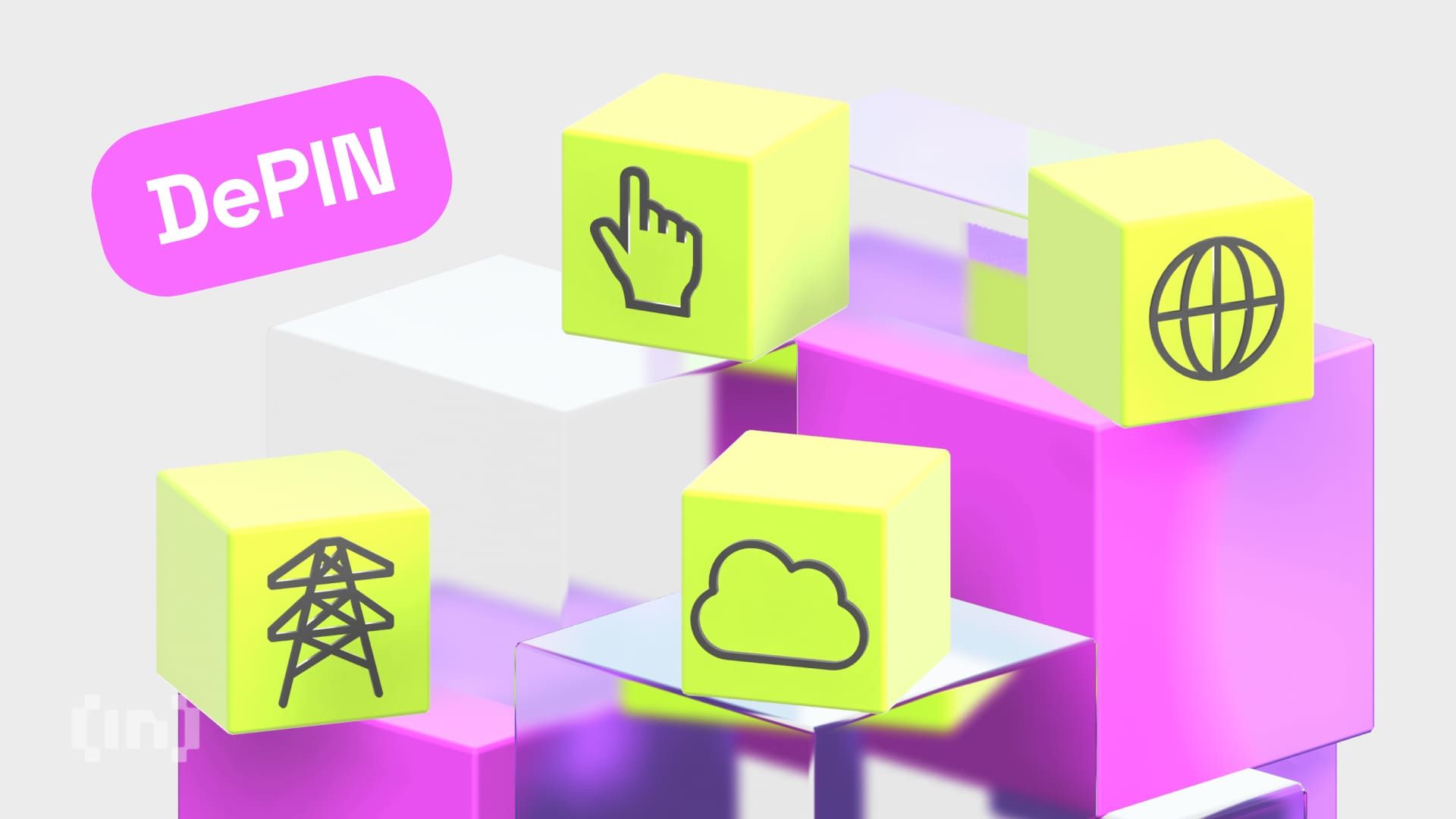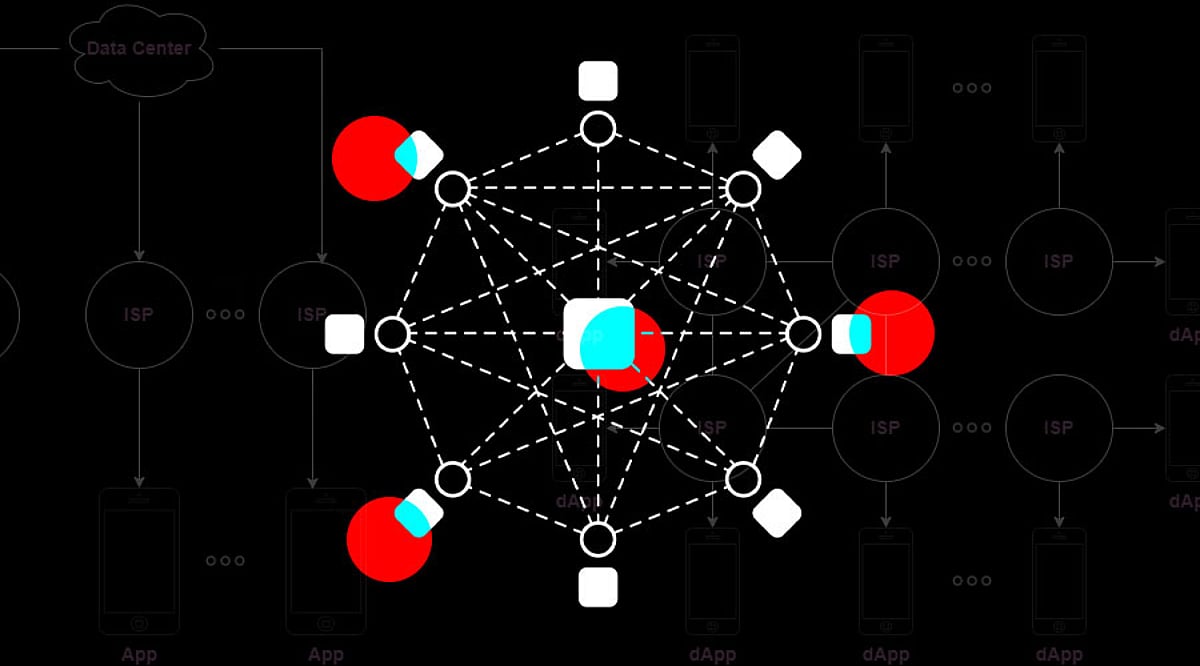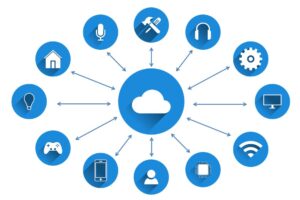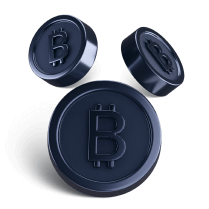The digital landscape is constantly evolving, and with it comes the need for more secure, efficient, and resilient networks. Enter DePIN, or Decentralized Physical Infrastructure Network, a revolutionary approach that promises to transform the future of decentralized networks. But what exactly is DePIN, and why is it so crucial in today’s digital age? In this blog, we will delve into the DePIN and the Future of Decentralized Network, its benefits, real-world applications, and what the future holds for decentralized networks.
The Evolution of Decentralized Networks
Early Days of Decentralization
DePIN and the Future of Decentralized Network has been a fundamental concept since the early days of the internet. Initially, networks were highly centralized, with data and control concentrated in the hands of a few entities. This model, while effective initially, soon revealed its limitations, including single points of failure and vulnerabilities to cyber attacks.
The shift towards decentralized networks began as a response to these challenges. Decentralized networks distribute control and data across multiple nodes, reducing the risk of failures and enhancing security. Key milestones in this evolution include the development of peer-to-peer networks, blockchain technology, and the rise of cryptocurrencies.
Current State of Decentralized Networks
Today, decentralized networks are more prevalent than ever. Technologies like blockchain have paved the way for secure, transparent, and tamper-proof systems.
However, despite their advantages, existing decentralized networks face several challenges. These include scalability issues, high energy consumption, and the complexity of implementation. This is where DePIN steps in, offering innovative solutions to overcome these hurdles and drive the future of decentralized networks.
Core Concepts of DePIN
DePIN, or Decentralized Physical Infrastructure Network, is an advanced form of decentralized network that incorporates physical infrastructure components. Unlike traditional decentralized networks that rely solely on virtual infrastructure, DePIN integrates physical assets such as data centers, communication towers, and IoT devices into the network.
This integration enhances the network’s capabilities by providing a more robust and resilient infrastructure. DePIN ensures that data is not only distributed across virtual nodes but also anchored to physical assets, making it more secure and efficient.
Key Features of DePIN
Security: One of the standout features of DePIN is its enhanced security. By decentralizing both digital and physical assets, DePIN significantly reduces the risk of cyber attacks and data breaches. Each component of the network is independently secured, ensuring that even if one part is compromised, the rest of the network remains intact.
Scalability: DePIN is designed to handle large volumes of data and transactions. Its architecture allows for seamless scaling, accommodating the growing needs of users and applications without compromising performance.
Resilience: The integration of physical infrastructure makes DePIN exceptionally resilient. In the event of a failure or attack on one part of the network, the distributed nature of DePIN ensures that the rest of the network continues to operate smoothly.
Benefits of DePIN for Decentralized Networks
Enhanced Security
One of the primary advantages of DePIN is its ability to enhance security. Traditional decentralized networks rely heavily on digital infrastructure, which, while secure, can still be vulnerable to sophisticated cyber attacks. DePIN, on the other hand, distributes data across both digital and physical assets, creating multiple layers of security.
This multi-layered approach makes it extremely difficult for attackers to compromise the network. Even if one layer is breached, the other layers remain unaffected, ensuring the overall security and integrity of the network.
Improved Performance
DePIN also addresses performance issues commonly associated with decentralized networks. By leveraging physical infrastructure, DePIN can process data and transactions more quickly and efficiently. This results in reduced latency and higher throughput, making the network more responsive and reliable.
For instance, in financial transactions, where speed and accuracy are crucial, DePIN’s improved performance can make a significant difference. Users can enjoy faster transaction times and greater reliability, enhancing their overall experience.
Cost Efficiency
Another notable benefit of DePIN is its cost efficiency. Traditional centralized networks often incur high operational costs due to the need for extensive infrastructure and maintenance. Decentralized networks, while more efficient, can still be costly due to their reliance on digital resources.
DePIN strikes a balance by integrating physical infrastructure, which can be more cost-effective in the long run. Additionally, the decentralized nature of DePIN means that maintenance and operational costs are distributed among multiple nodes, reducing the financial burden on any single entity.
Real-World Applications of DePIN
Finance and Banking
The financial sector stands to benefit significantly from DePIN’s enhanced security and performance features. In banking and finance, secure and efficient transactions are paramount. DePIN’s multi-layered security ensures that financial data and transactions are protected from cyber threats, while its improved performance allows for faster processing times.
Furthermore, DePIN can help reduce fraud and enhance transparency in financial transactions. By decentralizing data storage and processing, DePIN ensures that financial records are tamper-proof and easily verifiable, promoting trust and confidence among users.
Internet of Things (IoT)
The Internet of Things (IoT) involves the interconnection of various devices and systems. Ensuring the security and connectivity of these devices is crucial for their effective operation. DePIN can enhance IoT security by decentralizing data storage and processing, protecting IoT devices from cyber threats.
Furthermore, DePIN ensures reliable communication and data sharing among IoT devices. This promotes seamless connectivity and interoperability, enabling IoT systems to function more efficiently and effectively.
Notable Implementations of DePIN
Several projects have successfully implemented DePIN, showcasing its potential and benefits. For instance, a recent project in the financial sector leveraged DePIN to enhance transaction security and speed. The project saw significant improvements in transaction times and a reduction in fraud, demonstrating DePIN’s effectiveness in real-world applications.
Challenges and Considerations
Technical Challenges
Despite its advantages, implementing DePIN can pose technical challenges. The integration of physical infrastructure requires careful planning and expertise. Ensuring interoperability with existing systems and platforms can also be complex, requiring tailored solutions and continuous updates.
To overcome these challenges, DePIN provides comprehensive documentation and support to help organizations implement its features effectively. Additionally, ongoing research and development efforts aim to simplify the implementation process and enhance interoperability.
Regulatory and Compliance Issues
Navigating regulatory frameworks and compliance issues is another challenge for DePIN. Different regions have varying data protection laws and regulations, which can complicate the deployment of decentralized networks. Ensuring compliance with these laws is essential to avoid legal issues and protect user data.
DePIN addresses these concerns by incorporating compliance features into its architecture. This includes robust data protection measures and adherence to relevant regulations, ensuring that organizations can deploy DePIN without compromising legal requirements.
User Adoption and Education
Promoting user adoption and understanding of DePIN is crucial for its success. Users need to be aware of the benefits and features of DePIN to use it effectively. Addressing concerns and misconceptions is also important to build trust and confidence among users.
To promote user adoption, DePIN invests in educational initiatives and user-friendly resources. This includes tutorials, guides, webinars, and community support forums, providing users with the information and assistance they need to navigate DePIN effectively.
The Future of DePIN and Decentralized Networks
Emerging Trends and Innovations
The future of DePIN and decentralized networks is promising, with emerging trends and innovations on the horizon. New developments in DePIN technology continue to enhance its capabilities and applications. For instance, advancements in quantum-resistant encryption and AI-powered threat detection are set to further strengthen DePIN’s security.
Additionally, DePIN is exploring new use cases and applications across various sectors. From smart cities to autonomous vehicles, the potential of DePIN is vast and continues to grow.
Long-term Vision and Goals
DePIN’s long-term vision is to by providing secure, efficient, and resilient solutions. The company aims to achieve this by continually innovating and improving its technology, expanding its adoption across different sectors, and promoting user education and support.
Strategic goals for the future include enhancing DePIN’s security features, improving performance and scalability, and exploring new applications and use cases. By focusing on these goals, DePIN aims to revolutionize decentralized networks and provide users with a reliable and secure platform for their digital needs.
Conclusion
In summary, DePIN and the Future of Decentralized Network , improved performance, and cost efficiency. Its innovative approach to integrating physical infrastructure with digital networks addresses key challenges and offers numerous benefits across various sectors. As DePIN continues to evolve and innovate, its potential to revolutionize decentralized networks becomes increasingly apparent. The future of DePIN and decentralized networks is bright, promising secure, efficient, and resilient solutions for the digital age.

 China
China Russia
Russia India
India









